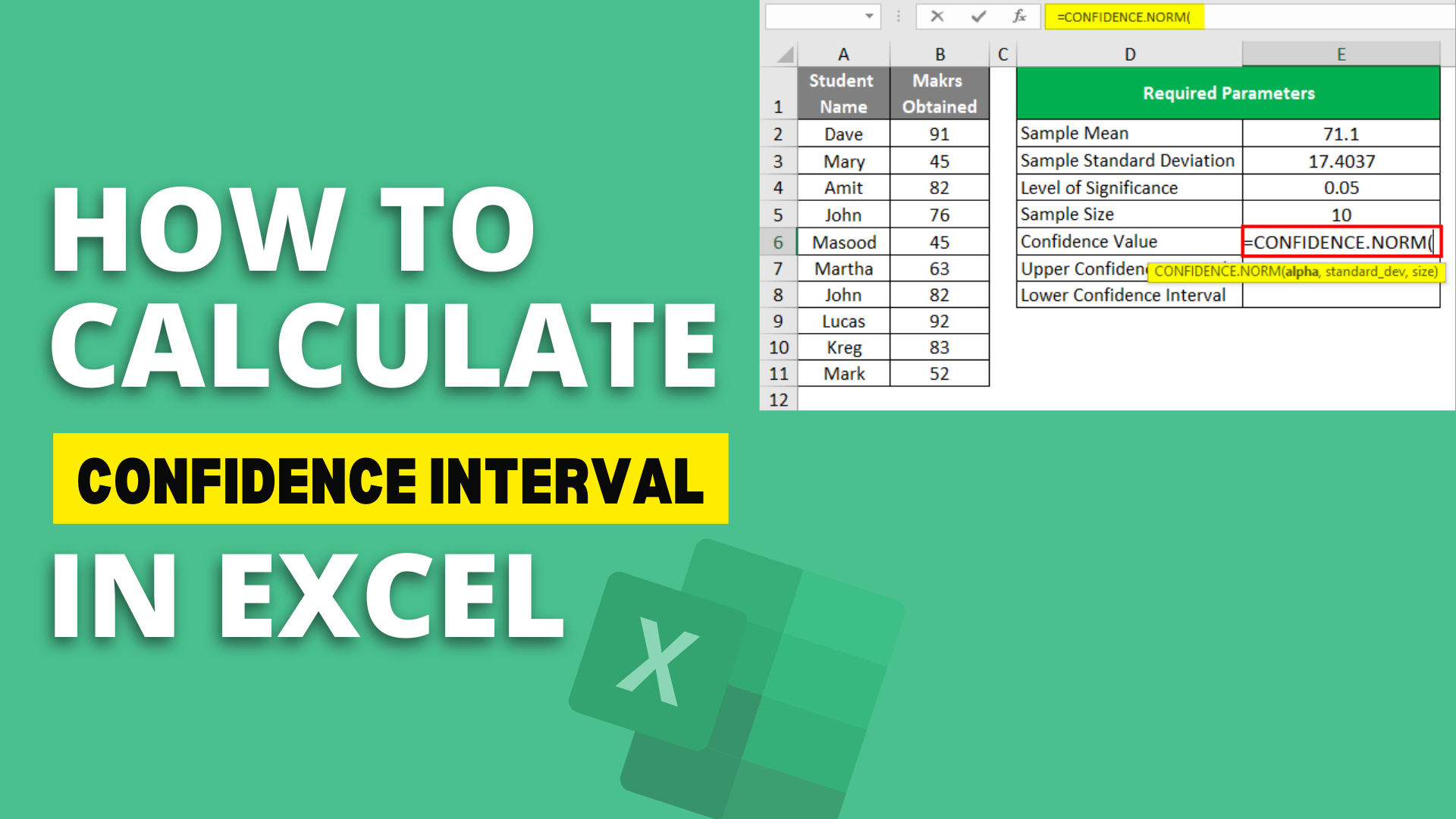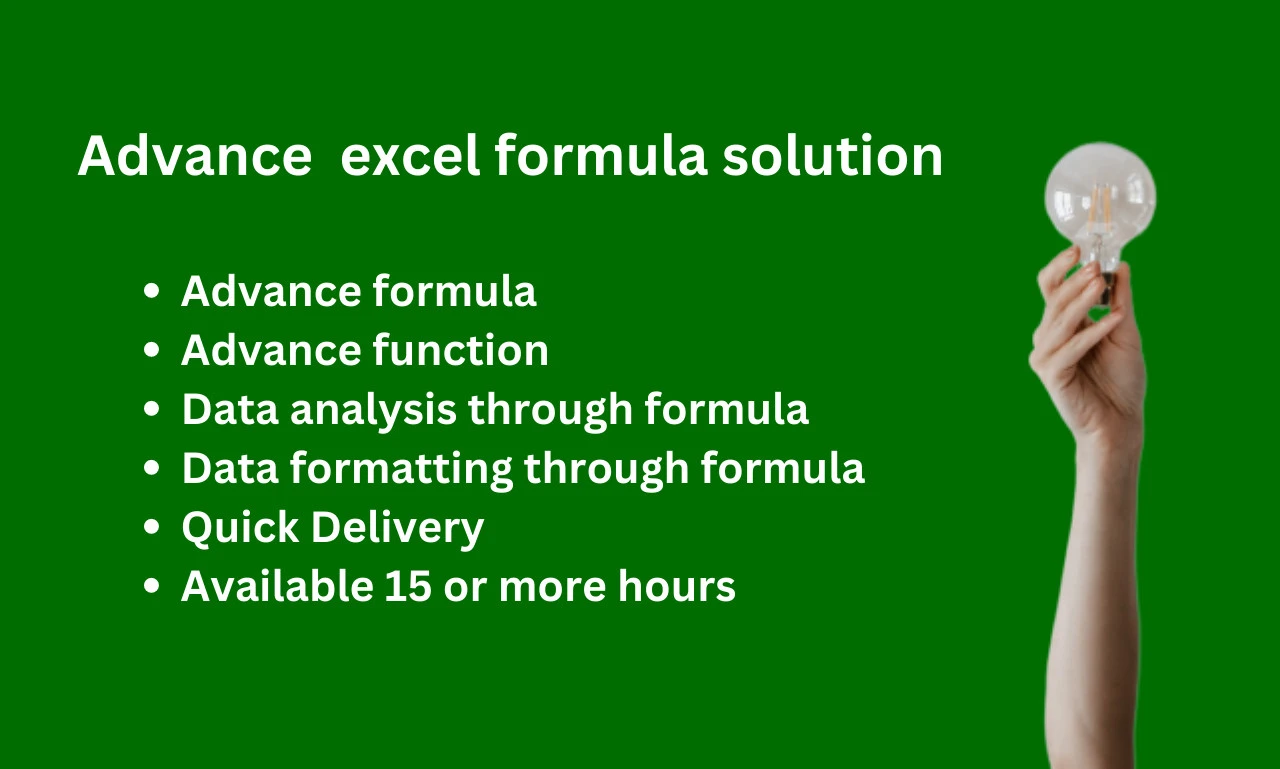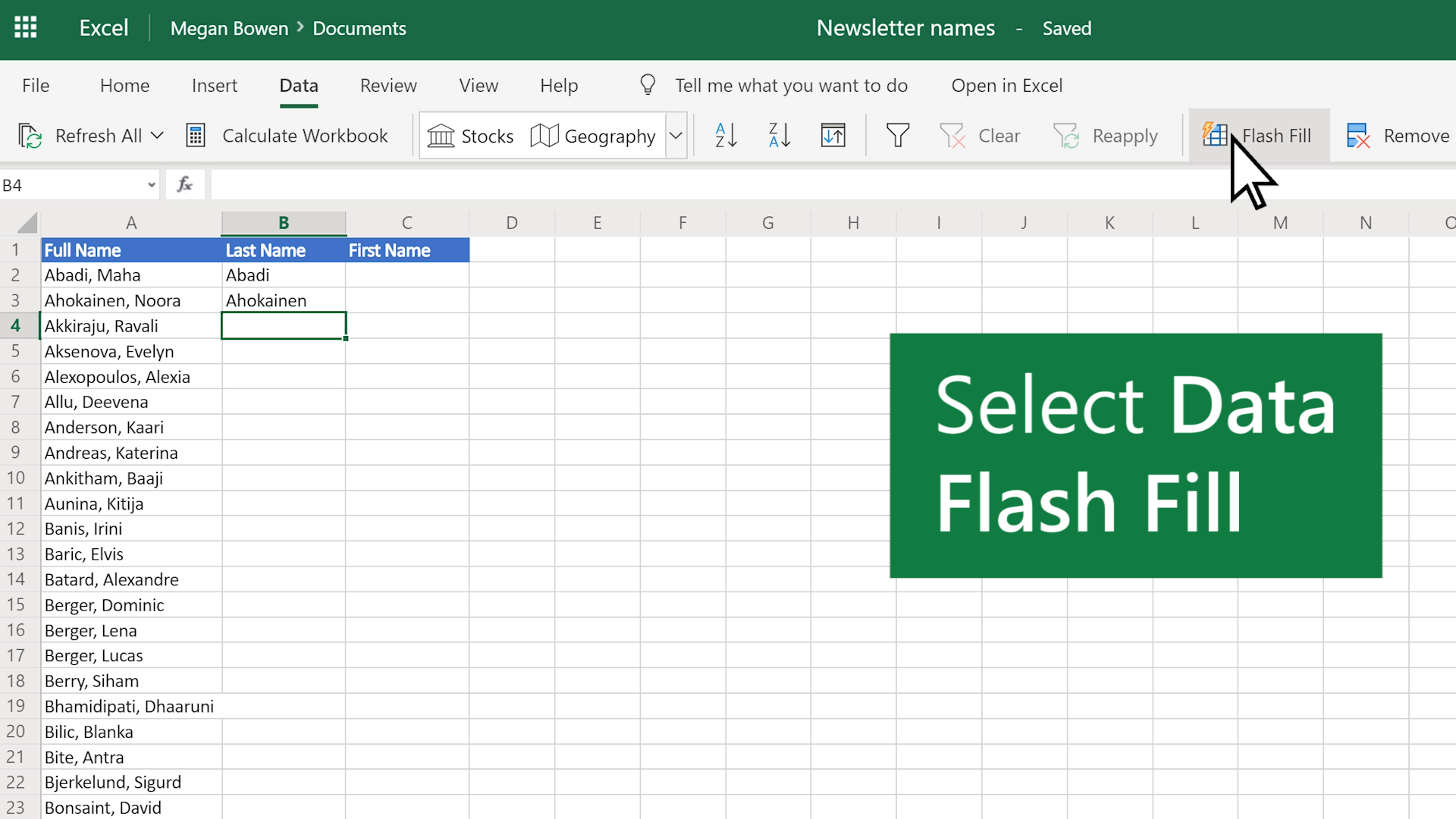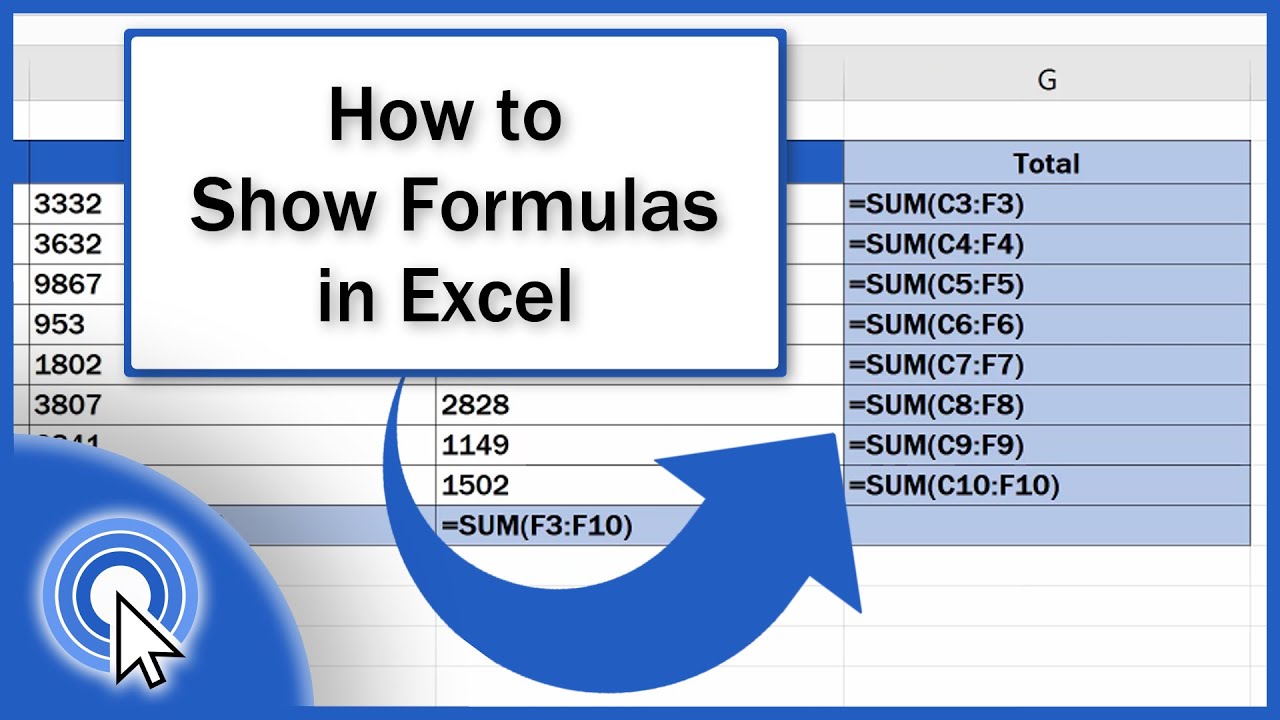
Data analysis and spreadsheet management, Excel formulasstand as the cornerstone, empowering users to wield the raw power of data. These formulas, ranging from the fundamental arithmetic operations to the intricate intricacies of statistical analysis, serve as indispensable tools for extracting, analyzing, and interpreting data with unparalleled efficiency and precision. For the uninitiated, Excel formulas might appear as a daunting realm of cryptic symbols and syntax.
Regardless of one's level of Excel expertise, the ability to wield formulas effectively is a skill that transcends mere spreadsheet manipulation. It is a gateway to unlocking the true potential of data, transforming it from a mere collection of numbers into a source of actionable knowledge. The world of Excel formulas is not confined to a rigid set of predefined functions. Rather, it is a vibrant and ever-evolving ecosystem, constantly expanding as new formulas are developed and shared among the Excel community.
Excel Subtraction Formula
The subtraction formula in Excel is a versatile tool that allows users to perform basic arithmetic operations on numeric data. It is represented by the minus sign (-) and can be used to subtract individual values, ranges of cells, or expressions. The subtraction formula is widely used for various purposes, including calculating differences between values, adjusting amounts, and analyzing data trends.
To use the subtraction formula in Excel, simply type the minus sign (-) between the cells or expressions you want to subtract. For instance, to subtract the value in cell A1 from the value in cell B1, you would enter the following formula in a blank cell:
=B1-a1
This formula indicates that the value in cell B1 should be subtracted from the value in cell A1, and the result will be displayed in the cell where the formula is entered. The subtraction formula can also be used to subtract multiple values or ranges of cells. For example, to subtract the sum of the values in cells A1 to A5 from the value in cell B1, you would enter the following formula:
=B1-(sum(A1:A5))
This formula first calculates the sum of the values in cells A1 to A5 using the SUM function and then subtracts that sum from the value in cell B1. The subtraction formula can also be used to subtract expressions or values from formulas. For example, to subtract the value 10 from the product of cells A1 and B1, you would enter the following formula:
=A1*b1-10
This formula calculates the product of cells A1 and B1 using the multiplication operator (*), subtracts the value 10 from that product, and displays the result in the cell where the formula is entered. The subtraction formula is an essential tool for performing basic arithmetic operations in Excel and is widely used for various purposes in data analysis, calculations, and financial modeling. Also, read Basic Excel Formulas.
How To Create A Formula In Excel?
Creating formulas in Excel is a fundamental skill for data analysis and manipulation. Formulas enable you to perform calculations, manipulate text, and automate tasks within your spreadsheets. Here's a comprehensive guide on how to create formulas in Excel:
Select The Cell
Begin by selecting the cell where you want the formula's result to appear. This cell will serve as the destination for the calculation.
Enter The Equal Sign (=)
Type the equal sign (=) in the selected cell to initiate the formula. This symbol signals to Excel that you're about to enter a formula.
Reference Cells Or Values
Use cell references to incorporate values from other cells into your formula. For instance, to add the values in cells A1 and B1, you would type =A1+B1.
Perform Calculations
Utilize mathematical operators like addition (+), subtraction (-), multiplication (*), and division (/) to perform calculations within your formula. For example, to calculate the average of cells C1 to C5, you would enter =AVERAGE(C1:C5).
Apply Functions
Excel provides a wide range of built-in functions for performing complex calculations, data manipulation, and text manipulation. To use a function, type its name, followed by parentheses containing the required arguments or cell references. For instance, to find the maximum value in cells D1 to D10, you would enter =MAX(D1:D10).
Parentheses For Order Of Operations
Use parentheses to specify the order of operations within your formula. Parentheses ensure that calculations are performed in the desired order, overriding the default precedence rules.
Error Handling
Excel displays error messages when formulas encounter issues, such as invalid references or incompatible data types. These error messages, like "#REF!" or "#VALUE!", provide clues to identify and rectify the formula's errors.
Formula Autocomplete
Excel's formula autocomplete feature suggests functions and cell references as you type, making formula creation more efficient.
Formula Bar
The formula bar displays the complete formula associated with the selected cell, allowing you to edit, copy, or paste formulas easily.
Cell Formatting
Format the target cell containing the formula to display the desired result, such as currency, percentage, or date formatting.
Remember, practice makes perfect. The more you create formulas, the more comfortable and confident you'll become in harnessing Excel's formula-building capabilities.
How To Copy Formula In Excel?
Copying formulas in Excel is a fundamental task for efficiently manipulating data and performing calculations. By replicating formulas across cells or ranges, you can streamline repetitive tasks and maintain consistency in your worksheets. Here's a step-by-step guide on how tocopy formulas in Excel:
Select The Cell Containing The Formula You Want To Copy
Locate the cell that holds the formula you intend to copy. Ensure you're selecting the entire cell, not just the formula itself.
Copy The Formula
Once the correct cell is selected, there are two main methods to copy the formula.
Select The Destination Cell(s)
Determine the cell(s) or range where you want to paste the copied formula. You can select a single cell, multiple adjacent cells, or even non-contiguous cells using the Ctrl key (Windows) or Command key (Mac).
Paste The Formula
Once the destination cells are selected, there are two main methods to paste the formula:
Adjust Cell References (optional)
If the formula contains relative cell references, they will automatically adjust to the new location when pasted. However, if you need to make specific adjustments to cell references, you can edit the formula directly in the formula bar.
By following these simple steps, you can effectively copy formulas in Excel and save valuable time in your data analysis and manipulation tasks. Remember that copying formulas can be automated using macros, further enhancing your productivity and streamlining complex calculations.
How To Show Formulas In Excel?
In Microsoft Excel, displaying formulas in cells instead of their calculated results can be beneficial for understanding the underlying calculations of a spreadsheet. There are two primary methods to show formulas in Excel:
Method 1 - Using The Show Formulas Button
Navigate to the "Formulas" tab on the Excel ribbon.
Locate the "Formula Auditing" group, where you'll find the "Show Formulas" button.
Click the "Show Formulas" button. This will instantly display the formulas in all cells of the active worksheet.
Method 2 - Using The Keyboard Shortcut
Press and hold the "Ctrl" key on your keyboard.
While holding "Ctrl," press the "`" (grave accent) key. This key is typically located to the left of the "1" key on most keyboards.
Releasing both keys will toggle the display of formulas in all cells of the active worksheet.
Additional Options For Viewing Formulas
- Formula Bar- You can view the formula of a specific cell by clicking on the cell and observing the formula displayed in the formula bar located above the worksheet.
- Show Formulas For Selected Cells- To display formulas only for selected cells, highlight the desired cells and then press "Ctrl" + "`" or click the "Show Formulas" button.
- Formatting Formula Display - You can adjust the formatting of formulas in cells by using the "Format Cells" option under the "Home" tab.
By utilizing these methods, you can effectively display formulas in Excel, enhancing your understanding of spreadsheet calculations and making it easier to troubleshoot any errors or inconsistencies.
Excel Formulas - From Basic Calculations To Advanced Data Analysis

Excel formulas, the cornerstone of spreadsheet manipulation and analysis, empower users to transform raw data into meaningful insights. From basic arithmetic operations to complex statistical calculations, Excel's extensive formula repertoire caters to a diverse range of needs, making it an indispensable tool for professionals and individuals alike.
At the heart of Excel's formula prowess lies its versatility. Simple formulas like sum average, and count provide quick solutions for everyday calculations. As the user's expertise grows, so does the power of Excel's formulas. Functions like VLOOKUP, index, and SUMIFS enable adept data retrieval and manipulation, while conditional formatting and PivotTables transform data into visually compelling summaries.
Excel's formula capabilities extend far beyond mere calculations. Statistical functions like COUNTIF, AVERAGEIFS, and STANDARDDEV allow users to delve into the depths of data, uncovering patterns and trends that would otherwise remain hidden. Text manipulation tools like LEFT, RIGHT, and MID facilitate data cleaning and formatting, while concatenation functions like CONCATENATE and TEXTJOIN seamlessly merge data from different sources.
The true power of Excel formulas lies in their ability to handle complex data analysis. Financial functions like PMT, FV, and IRR empower users to make informed financial decisions. Data analysis tools like LINEST, LOGEST, and TREND provide insights into data relationships, while forecasting functions like FORECAST and FORECAST.LINEAR enable future predictions.
Excel's formula capabilities extend even further into the realm of advanced data analysis. Regression analysis, a powerful tool for understanding cause-and-effect relationships, is readily available through Excel's data analysis tools add-in. PivotTables, with their drag-and-drop functionality, enable users to create dynamic summaries of complex datasets, while pivot charts provide visual representations of these summaries.
Also read for A Comprehensive guide to Microsoft Excel for Data Analysis.
Excel Formulas - The Essential Toolkit For Data Analysis And Automation
Excel formulas, the cornerstone of data analysis and automation in Excel, empower users to transform raw data into meaningful insights and streamline repetitive tasks. These versatile tools, ranging from basic arithmetic to complex statistical functions, provide a comprehensive toolkit for extracting, manipulating, and analyzing data.
At their core, Excel formulas are mathematical expressions that perform calculations and manipulate data within a spreadsheet. They are composed of elements such as cell references, operators, and functions, each serving a specific purpose. Cell references, denoted by a letter-number combination like B5, identify the location of data within the spreadsheet. Operators, such as plus (+), minus (-), multiplication (*), and division (/), perform basic arithmetic operations. Functions, like SUM, AVERAGE, and COUNT, extend Excel's capabilities by performing complex calculations and data transformation.
The power of Excel formulas lies in their versatility and adaptability. They can be combined and nested to create sophisticated formulas that address a wide range of data analysis needs. For instance, a formula combining SUM and AVERAGE can calculate the average sales figures for a specific product across multiple regions.
Excel Formulas - FAQs
What Is The Formula For CONFIDENCE In Excel?
=CONFIDENCE(alpha, standard _dev, size)
The CONFIDENCE function uses the following arguments: Alpha (required argument) - This is the significance level used to compute the confidence level. The significance level is equal to 1 - confidence level. So, a significance level of 0.05 is equal to a 95% confidence level.
What Are The 5 Formulas In Excel?
- = Sum(C2:C5)
- =Min(E2:E5)
- =Max(E2:E5)
- =Average(C2:C5)
- =Count(E2:E5)
- =Power(D2/100,2)
- =Ceiling(F2,1)
- =Floor(F2,1)
Basic Formulas in Excel
What Is The Easiest Formula In Excel?
The SUM function is the first must-know formula in Excel. It usually aggregates values from a selection of columns or rows from your selected range. Example: =SUM(B2:G2) – A simple selection that sums the values of a row.
What Is The Formula For Confidence Level?
ˉx± z s √n, where the value of z is appropriate for the confidence level. For a 95% confidence interval, we use z=1.96, while for a 90% confidence interval, for example, we use z=1.64.
Conclusion
As we conclude our exploration of the realm of Excel formulas, it is evident that these versatile tools serve as the cornerstone of data analysis and spreadsheet management. By harnessing the power of formulas, users can transform raw data into meaningful insights, extracting patterns, trends, and hidden stories that would otherwise remain obscured. The world of Excel formulas is not a static entity but rather a dynamic ecosystem, constantly evolving as new formulas are developed and shared among the Excel community.
Embarking on the journey of mastering Excel formulas is not merely an exercise in technical proficiency, it is an exploration of the intersection between human ingenuity and data manipulation. It is a testament to our relentless pursuit of knowledge and our desire to extract order from the vast and ever-growing sea of data. For those who seek to unlock the true potential of data, Excel formulas provide the key. They are the tools that empower us to transform spreadsheets from mere collections of numbers into powerful instruments of insight.

